KODAK Super 16mm portrays the harsh realities of global warming in 'Kadvi Hawa' (Dark Wind)
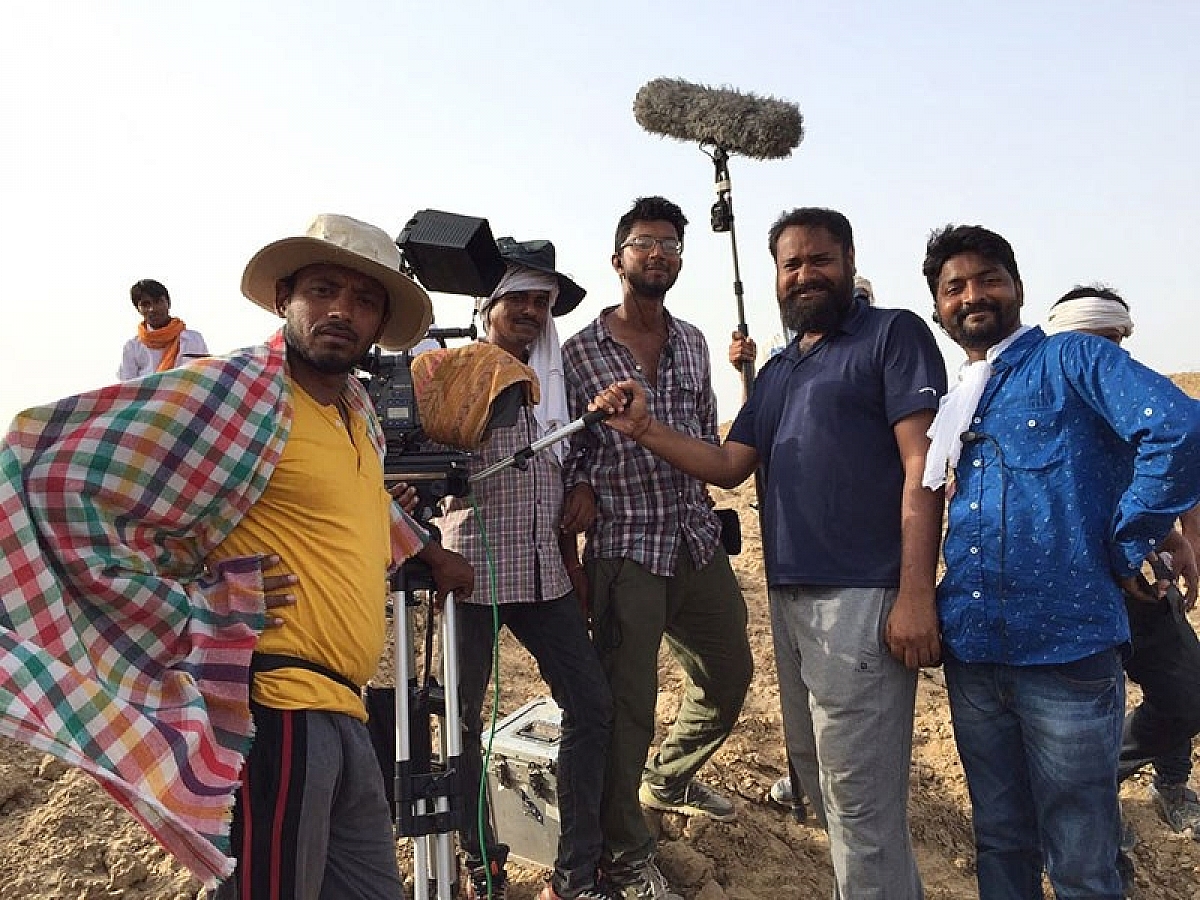
The "Kadvi Hawa" ("Dark Wind") camera crew: focus puller Sanjoy Paul, camera attendant Diwan, chief assistant cinematographer Senthil Prabhu, cinematographer Ramanuj Dutta and production assistant Baldev Biswal.
Climate change can be a matter of life or death. It poses one of the greatest challenges to humanity, especially amongst the impoverished around the world. A new, emotional and provocative feature, Kadvi Hawa/Dark Wind, directed by filmmaker Nila Madhab Panda, through Eleenora Images, and shot on KODAK Super 16mm film, aims to bring a voice to the issue from a part of the world that makes no contribution to the global carbon footprint.
Set in a village in the drought-ravaged region of Bundelkhand, India, which has seen hardly any rain for 15 years, Kadvi Hawa is the story of Hedu and Gunu Babu. Hedu, an old, blind father, lives in trepidation that his farmer son is on the brink of committing suicide due to his inability to grow crops and pay back an outstanding bank loan. Gunu is a strident loan recovery agent from the Indian coastal belt of Odisha, an area that frequently experiences devastating cyclones. Gunu, who has a growing list of suicides attributed to him locally and is known as 'Death God,' is resolved to recover the loan so that he can move his family out of that area to safety. Initially at odds, the two men gradually develop a special bond of mutual understanding as they realize they are two sides of the same coin.
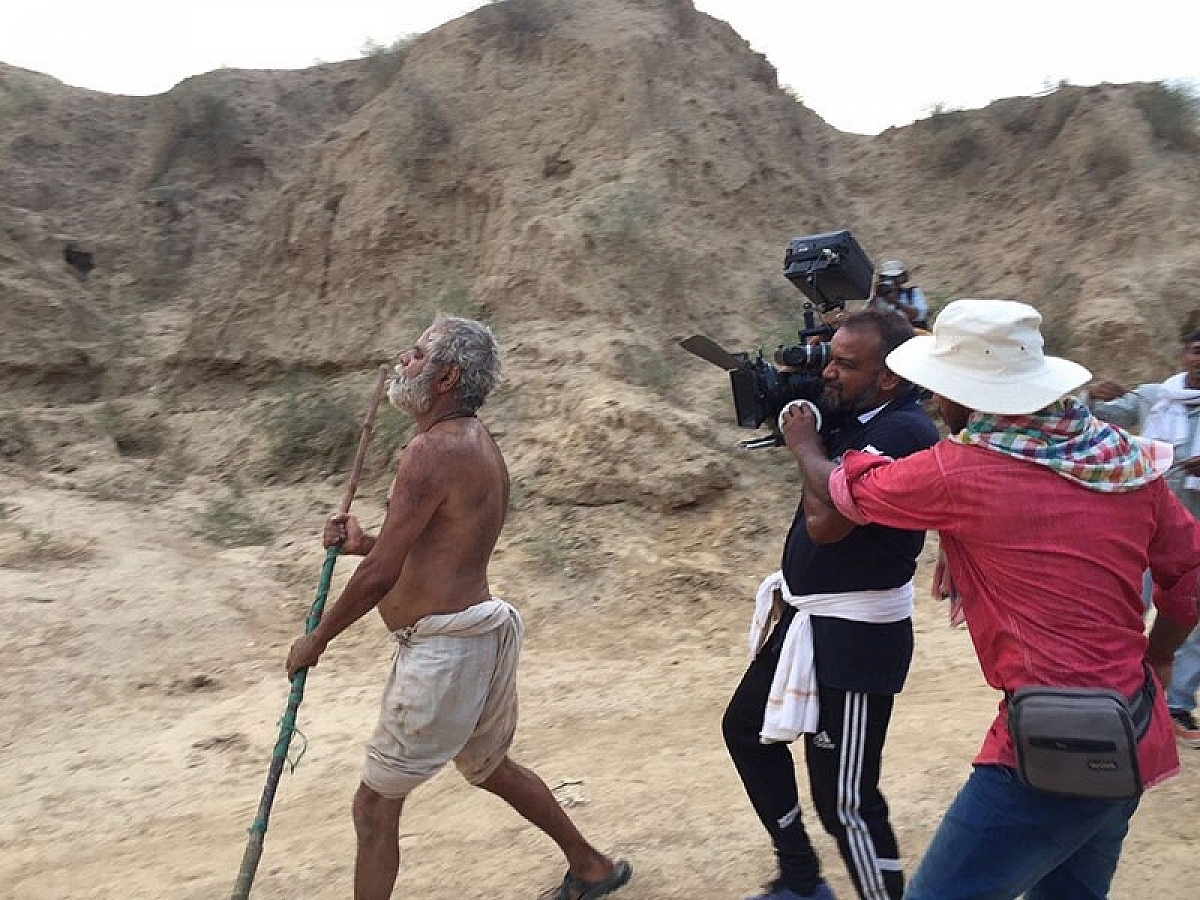
Director Nila Madhab Panda operating the 16mm camera, following actor Sanjay Mishra, while Sanjoy Pal pulls focus.
The production was filmed in the Chambal region of Rajasthan, India, under the critical eyes of cinematographer Ramanuj Dutta.
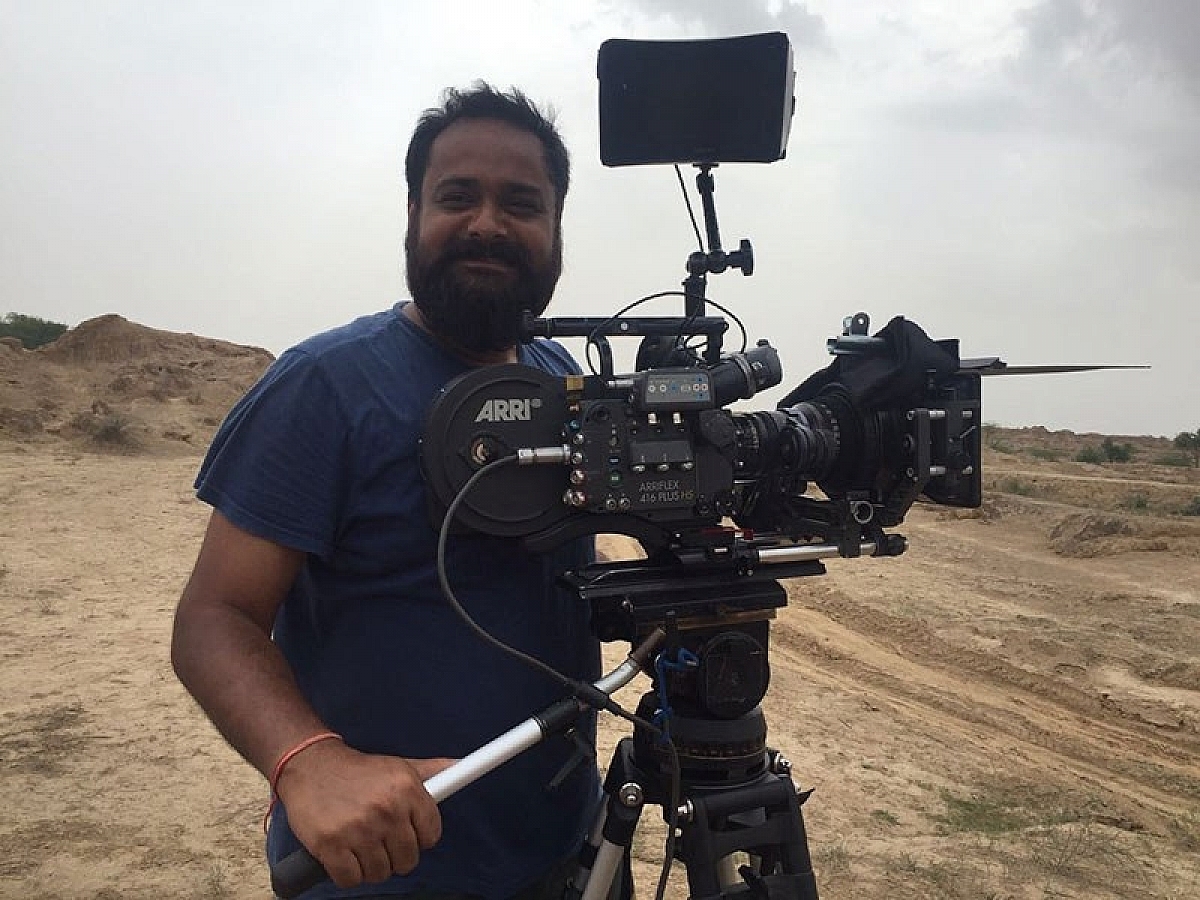
Cinematographer Ramanuj Dutta at the 16mm camera in between takes.
“Although Kadvi Hawa is a work of fiction, Nila’s film is inspired by real accounts of real people suffering from the extreme effects of global warming. It is not so much about the socio-economic impact but more a look at the emotional impact of climate change,” Dutta said.
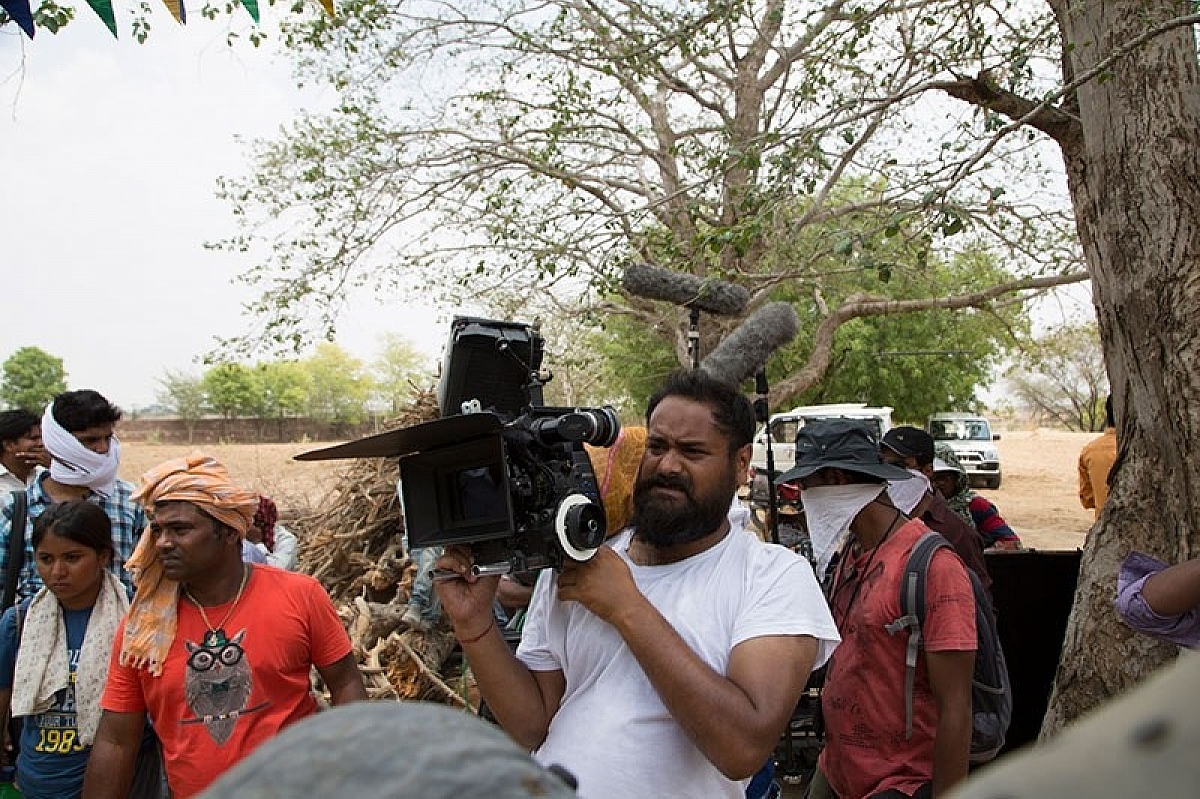
"Kadvi Hawa" ("Dark Wind") cinematographer Ramanuj Dutta goes handheld with the 16mm camera.
“As soon as I read the script, I had no hesitation in recommending to Nila that we should shoot Kadvi Hawa on Super 16mm film. I wanted to portray, through the visual aesthetic, the real harshness of life in that region, and to do this by over-exposure combined with grain texture – to create images that looked hot, harsh and drained of color. Film emulsion lets you play with the highlights and has texture that would complement the mood of the narrative. The further advantage of Super 16mm film is that it is very pocket-friendly. Nila and our producers were very encouraging, and fully-embraced my proposal.”
Framing in 1.85:1 aspect ratio, Dutta selected an ARRI 416 camera, fitted with old Zeiss Prime lenses for the shoot, framing the image in an observational documentary style.
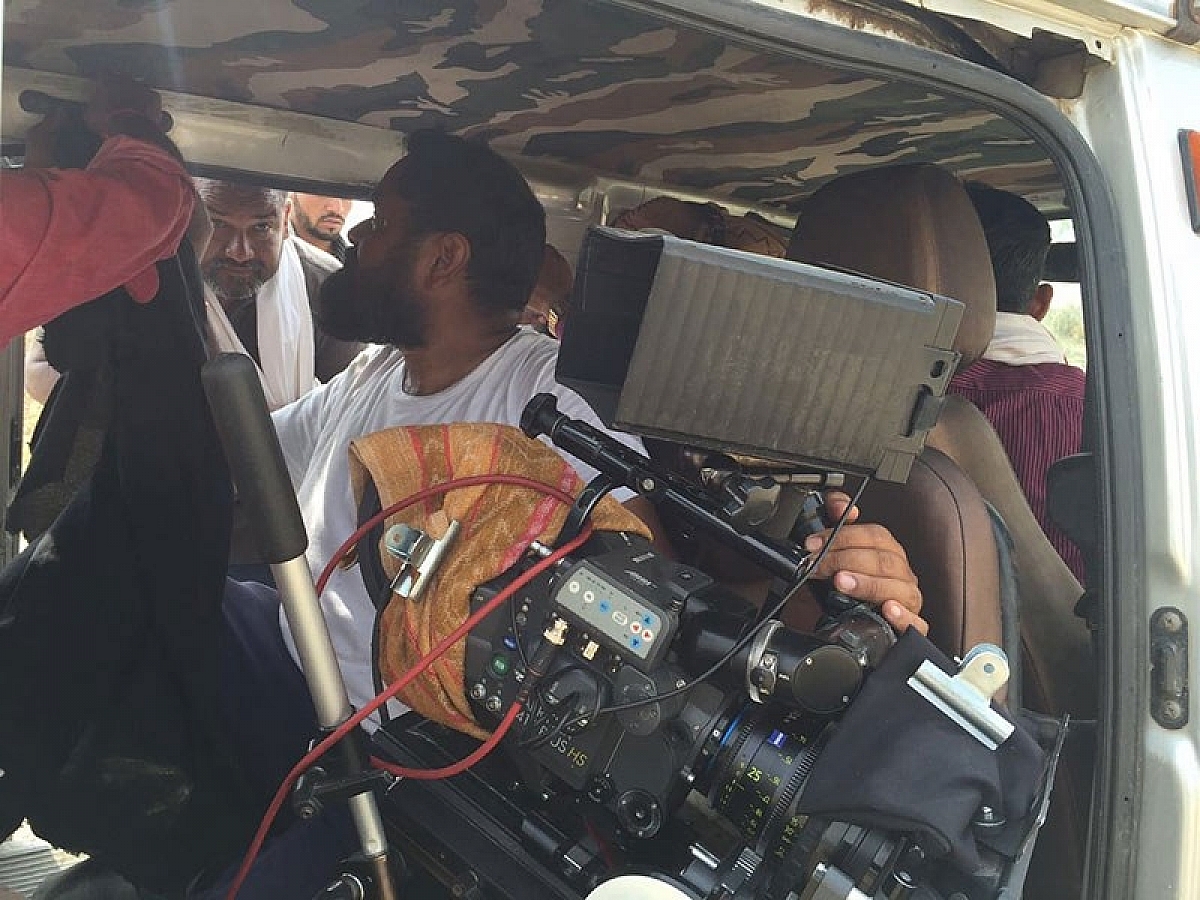
Cinematographer Ramanuj Dutta crammed into a car with the 16mm camera assisted by director Nila Madhab Panda.
“When you shoot digitally, the eyes can get really tired from observing so much sharpness on screen,” Dutta said. “Capturing on film emulsion with the Zeiss glass, delivers a softer image but with subtle and lovely color depth, especially on faces and skin tones. This was important as our film had several different skin tones. Framing in 1.85:1 gave me the opportunity for emotionally-dramatic compositions, while also leveraging the maximum resolution of Super 16mm image area.”
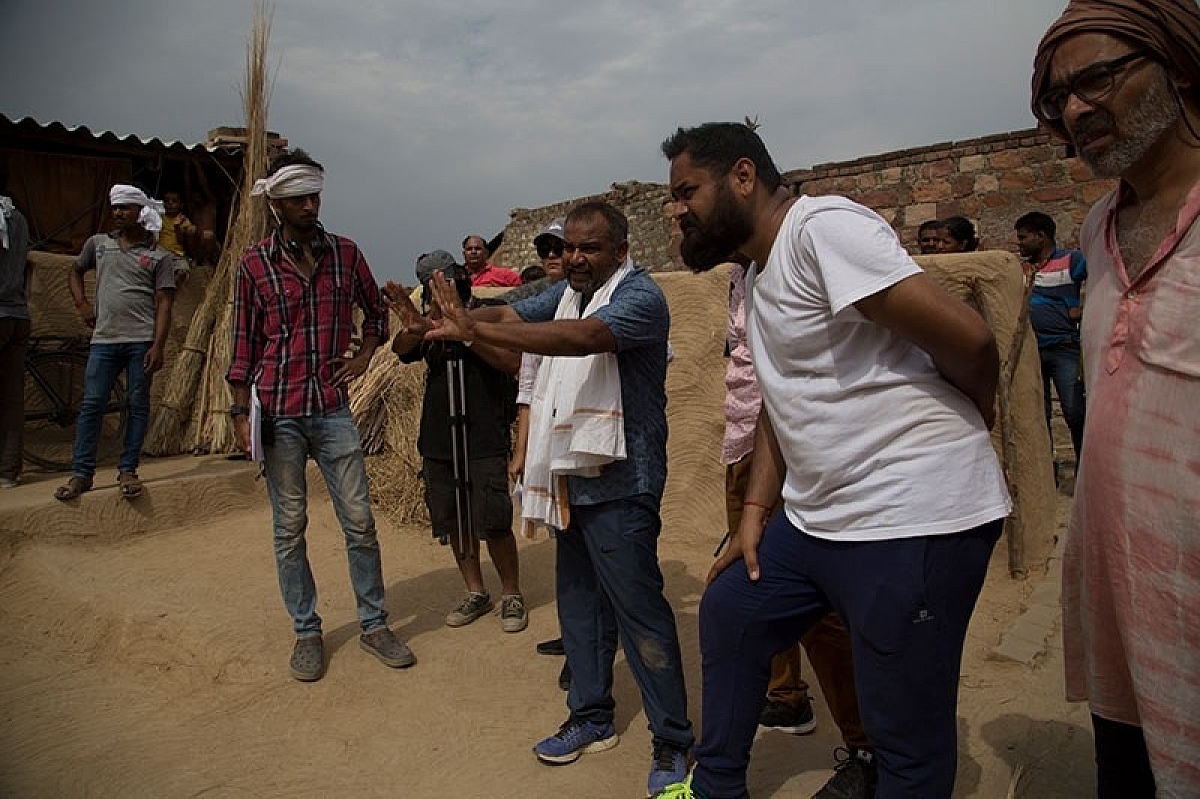
Director Nila Madhab Panda explains how he’d like the next shot to his cinematographer Ramanuj Dutta.
Supported by Amit Sherigar, business development manager for Kodak in Mumbai, Dutta used KODAK VISION3 200T Color Negative Film 7213 to shoot the day exteriors, and VISION3 500T Color Negative Film 7219 for day interiors and night scenes. Filming took place for a month, at the height of the 2016 summer, in temperatures soaring between 115ºF and 125ºF. Film processing was done at The Film Lab in Mumbai.
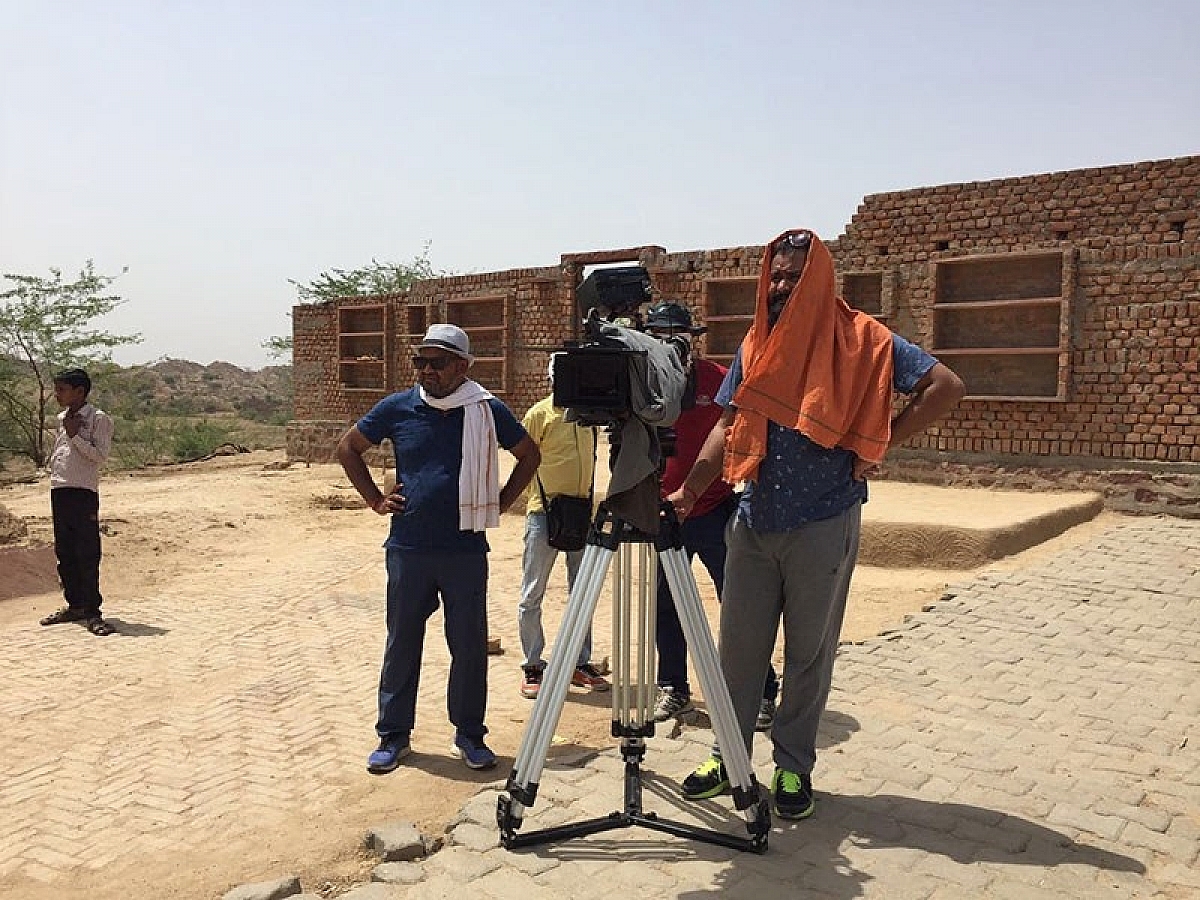
Director Nila Madhab Panda with cinematographer Ramanuj Dutta shooting in the scorching heat.
“Kodak tungsten filmstocks provided a really good starting point for the overall bleached-out look, as they have nice low contrast and are not overly saturated with color. They also work well together in the final cut,” Dutta explained. “During the day, we shot in available light, avoiding the top light between noon and 3 p.m. For the daylight exteriors scenes, in particular, I knew I could overexpose the 200T in bright sunlight and still have details in the highlights. I decided to take the overexposure a step further by pull-processing one-stop at the lab. For the night scenes, I used minimal directional light, creating longer, harsher shadows. The texture, grain and look on the final results were just what I had hoped for.”
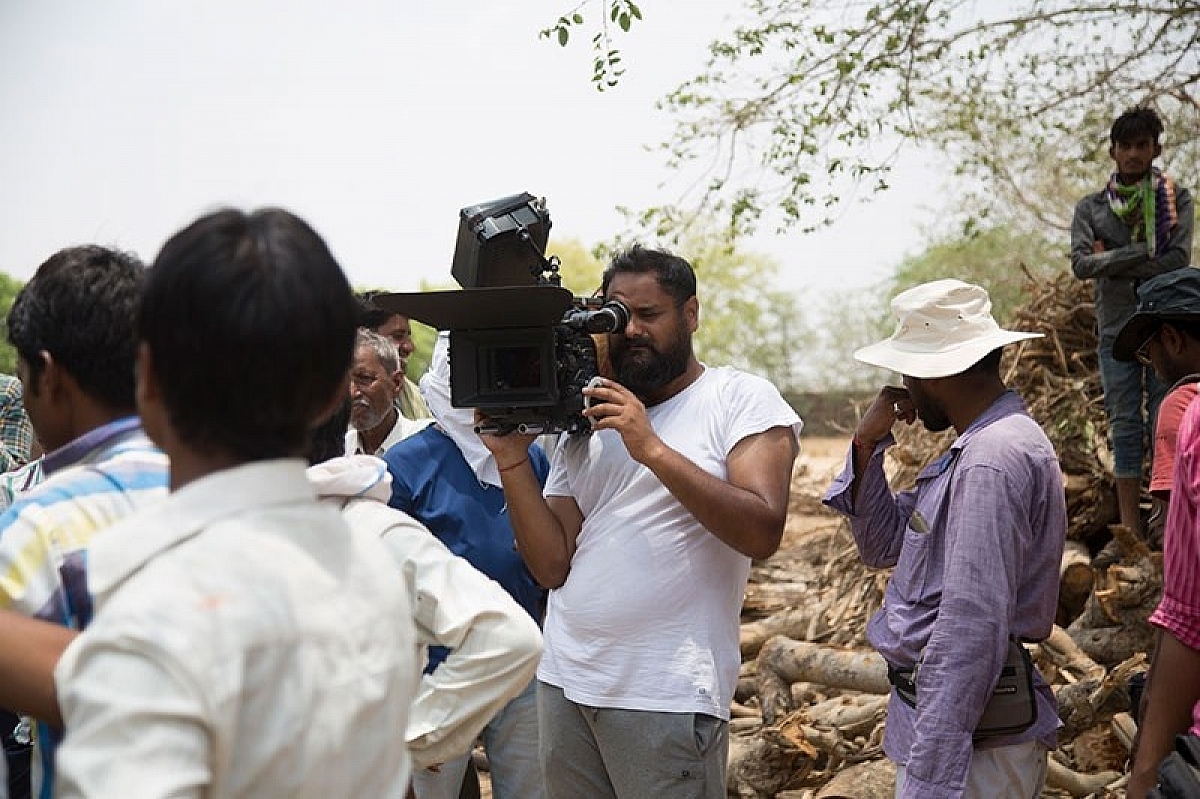
"Kadvi Hawa" ("Dark Wind") cinematographer Ramanuj Dutta goes handheld with the 16mm camera.
As for shooting in the searing heat, Dutta said, “Even by Indian standards, that was extremely hot and our skins were peeling off by the end. We kept the negatives in cool, air-conditioned storage, and the film camera performed perfectly well during the shoot. I am not sure whether a digital camera would automatically survive in that sort of extreme heat, especially with the complications of fan controls.”
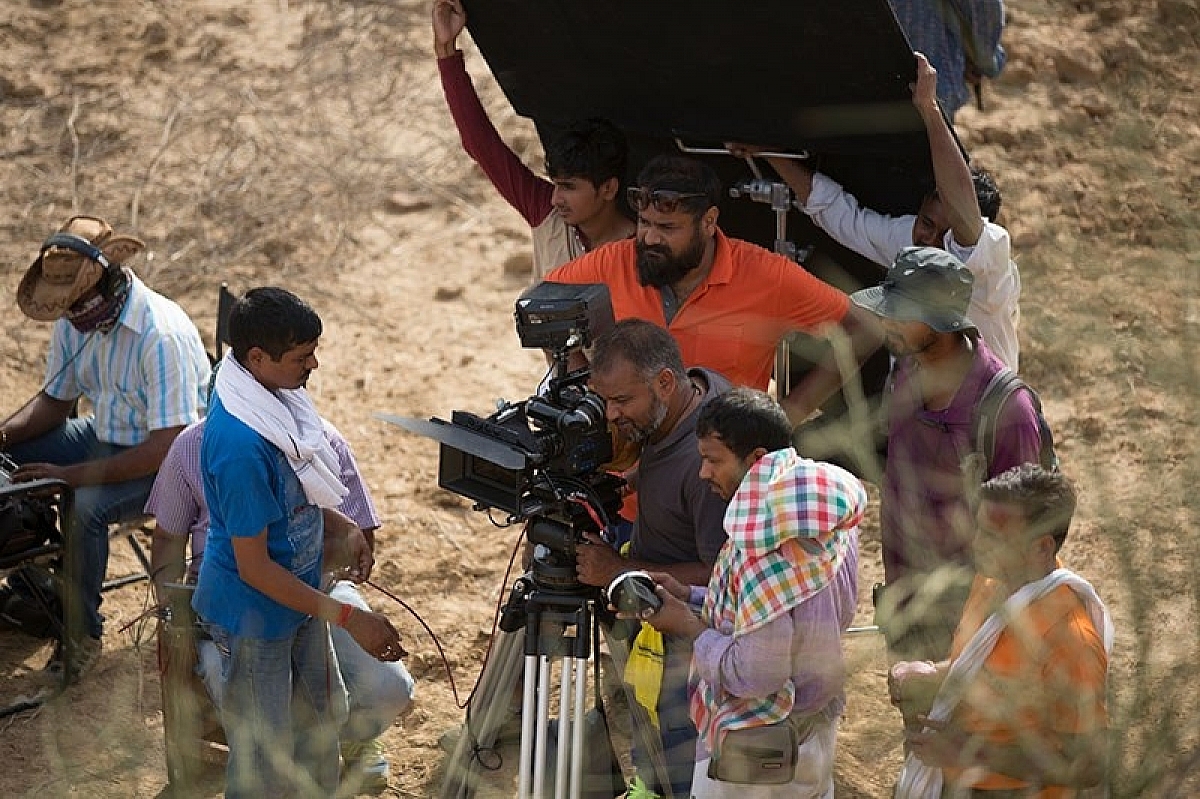
The film crew are given some shelter from the baking heat during production on "Kadvi Hawa" ("Dark Wind").
For Dutta, Kadvi Hawa marked a return to shooting on film after an absence of five years. “I prefer working this way. It’s like mathematics. You calculate your filmstock and plan the shoot around that. Everyone – the crew, cast and producers – know there’s a finite resource running through the camera, and they react accordingly, with concentration and discipline. With this approach and shooting on Super 16mm production become very cost-effective.
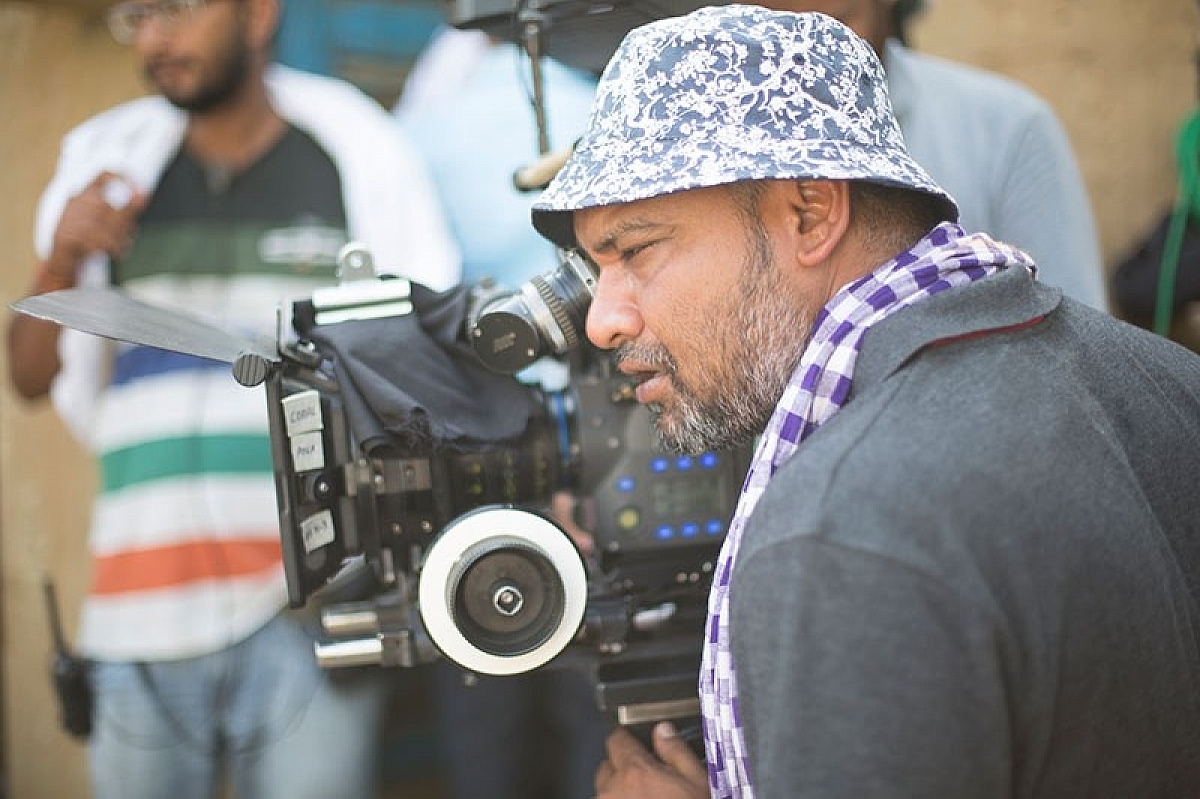
Director Nila Madhab Panda eyes-up a shot through the 16mm camera.
“More importantly though, climate change is here. We can feel it, and it’s a real-life tragedy. While Kadvi Hawa is a local story, the questions raised are of global concern. A story of this importance needed film. Emulsion is at the heart this film.”